| Structure | Name/CAS No. | Articles |
|---|---|---|
 |
Ethidium bromide
CAS:1239-45-8 |
|
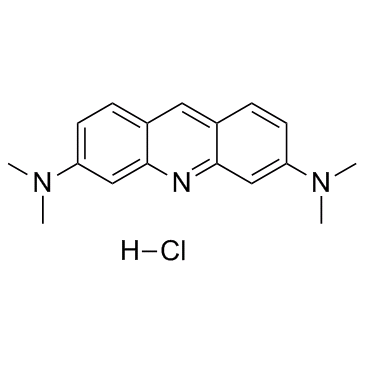 |
Acridine Orange hydrochloride
CAS:65-61-2 |
|
 |
2-Nitrobenzoic acid
CAS:552-16-9 |
|
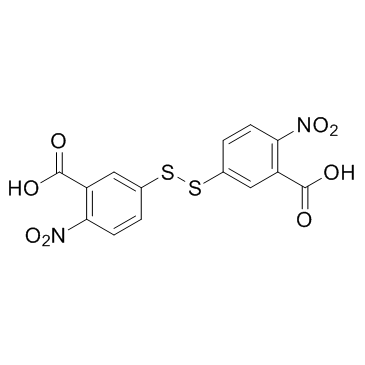 |
DTNB
CAS:69-78-3 |
|
 |
Dimethyl sulfoxide
CAS:67-68-5 |
|
 |
HEPES
CAS:7365-45-9 |
|
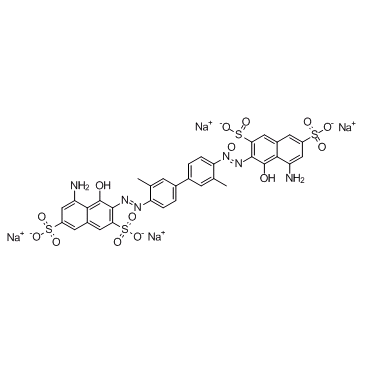 |
Direct Blue 14
CAS:72-57-1 |
|
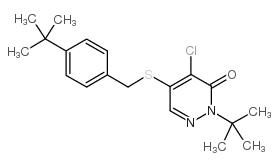 |
Pyridaben
CAS:96489-71-3 |
|
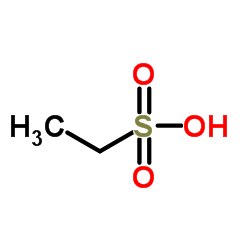 |
Ethanesulfonic acid
CAS:594-45-6 |
|
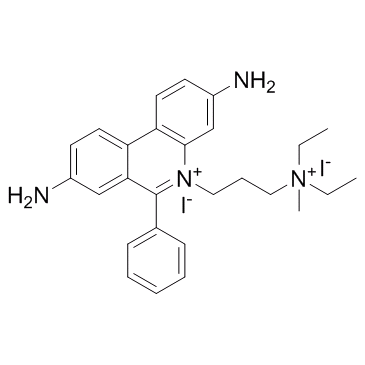 |
Propidium Iodide
CAS:25535-16-4 |